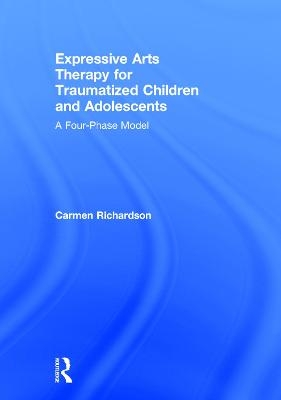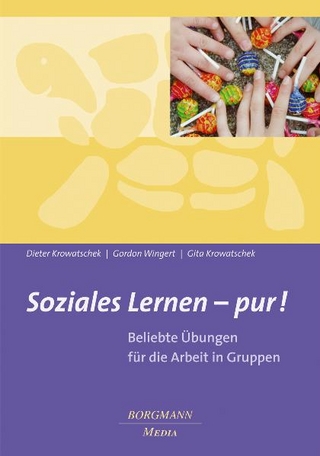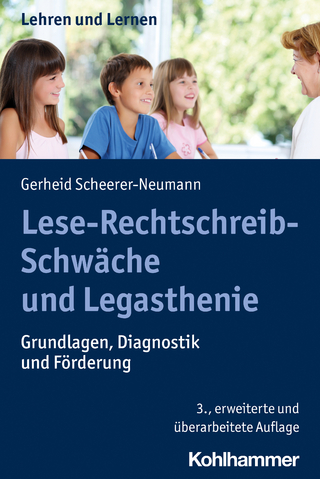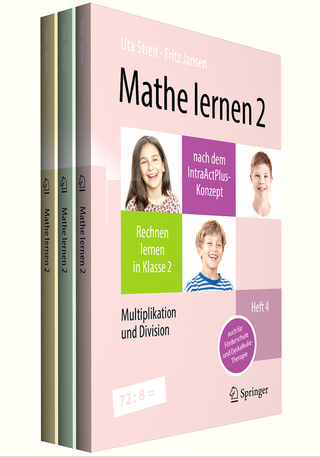
Expressive Arts Therapy for Traumatized Children and Adolescents
Routledge (Verlag)
978-0-415-73377-9 (ISBN)
Expressive Arts Therapy for Traumatized Children and Adolescents is the book so many expressive arts and trauma therapists have been waiting for. Not only does it lay out an organized, thorough framework for applying varied expressive arts modalities, it provides clear directions for the application of these modalities at different phases of treatment. Both beginning and experienced clinicians and students will appreciate the thoughtful analyses of ways for introducing expressive arts to clients, engaging clients with their art, being present to the art that is created, and working within a particular session structure that guides the treatment process. Readers will also receive more specific learning regarding the process of using body-focused and sensory-based language and skills in the process of trauma treatment over time. They’ll pick up more than 60 priceless expressive-arts assessment and treatment interventions that are sure to serve them well for years to come. The appendices features these interventions as photocopiable handouts that will guide the therapist working with youth through each phase of treatment.
Carmen Richardson, MSW, RSW, RCAT, REAT, is a registered clinician spanning three professions: clinical social work, art therapy, and expressive arts therapy. She is the founder and director of Prairie Institute of Expressive Arts Therapy (PIEAT), where she develops professional trainings for facilitators and therapists in the field of expressive arts. She has maintained a full time private practice in Calgary for over 19 years and provides clinical supervision for social workers, art therapists and expressive arts therapists.
Foreword William Steele Preface Introduction I. The Expressive Arts Therapy Way 1. Expressive Arts Therapy 2. The Action of Expressive Arts Therapy II. Trauma and Expressive Arts Therapy 3. Children's Experience of Trauma 4. A Resource-Oriented Lens III. An Expressive Arts Four-Phase Model of Treatment 5. Introudction to the Expressive Arts Four-Phase Model 6. Phase One Assessment Guidelines: Understanding the Child's World 7. Phase Two Guideliens: Cultivating Safety and Resources 8. Phase Three Guidelines: Trauma Processing 9. Phase Four Guidelines: Reclaim, Reframe, Repair, and Reorient Appendix A. An Expressive Arts Four Phase Model: Checklist of the Main Map B. Therapist Handouts for Organizing Assessment and Treatment Information C. Information Handouts for Clients D. Phase One: Arts-Based Information Gathering Tools E. Phase One: Questionnaires F. Phase Two: Cultivating Safety and Resources G. Phase Three: Trauma Processing H. Phase Four: Reclaim, Reframe, Repair, and Reorient I. Questions J. Further Resources
| Erscheint lt. Verlag | 14.9.2015 |
|---|---|
| Zusatzinfo | 2 Tables, black and white |
| Verlagsort | London |
| Sprache | englisch |
| Maße | 178 x 254 mm |
| Gewicht | 680 g |
| Themenwelt | Geisteswissenschaften ► Psychologie ► Pädagogische Psychologie |
| Medizin / Pharmazie ► Medizinische Fachgebiete ► Notfallmedizin | |
| Medizin / Pharmazie ► Medizinische Fachgebiete ► Pädiatrie | |
| Medizin / Pharmazie ► Medizinische Fachgebiete ► Psychiatrie / Psychotherapie | |
| Medizin / Pharmazie ► Physiotherapie / Ergotherapie ► Ergotherapie | |
| Sozialwissenschaften ► Soziologie | |
| ISBN-10 | 0-415-73377-4 / 0415733774 |
| ISBN-13 | 978-0-415-73377-9 / 9780415733779 |
| Zustand | Neuware |
| Informationen gemäß Produktsicherheitsverordnung (GPSR) | |
| Haben Sie eine Frage zum Produkt? |
aus dem Bereich


